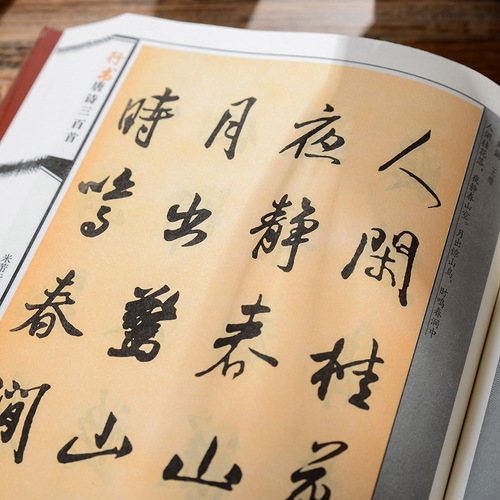
Auther:2023-09-18

Tang poetry refers to poems written by poets in the Tang Dynasty, which are the wisdom and masterpieces of Confucian scholars and literati in the Tang Dynasty. Tang poetry is one of the precious cultural heritages of the Chinese nation, a pearl in the treasury of Chinese culture, and also has a great influence on the cultural development of many countries in the world. It is an important reference for the future generations to study the politics, people's feelings, customs and culture of the Tang Dynasty.
The forms of Tang poems are varied. In the Tang Dynasty, there were two main types of ancient poems, pentameter and heptameter. There were also two kinds of proximal poems, one was called a stanza and the other was a stanza. There were also two kinds of proximate poems, one was called a stanza and the other was a metrical poem. Therefore, there are basically six basic forms of Tang poetry: quintet, heptameter, quintet, heptameter, quintet, heptameter, pentameter, and heptameter. The requirements for rhyme and metre are relatively broad: the number of stanzas in a poem can be large or small, the length of the chapter can be short or long, and the rhyme scheme can be changed. The requirements for rhyme and metre are more stringent: the number of lines in a poem is limited, i.e., four lines in a stanza, eight lines in a stanza, and the level and oblique sounds of the words used in each line of the poem are subject to a certain rule, and the rhymes cannot be converted; the stanzas also require that the four lines in the middle of the stanza become the counterpoints. The style of ancient poetry is handed down from previous generations, so it is also called ancient style. The proximal style poems have a strict and tidy pattern, so some people also call it metrical poems.
The form and style of Tang poetry is colourful and innovative. It not only inherited the tradition of folk songs and music of the Han Dynasty and Wei Dynasty, but also greatly developed the style of songs and lines; it not only inherited the ancient poems of five or seven lines of the previous generation, but also developed into a long narrative and love story; it not only expanded the use of five or seven lines, but also created the near-poetry, which had a particularly beautiful and neat style. The creation and maturity of the near-poetry, a new form of poetry at that time, was a major event in the history of poetry development in the Tang Dynasty. It pushed the syllabic harmony and refinement of Chinese ancient poetry to an unprecedented height, and found a most typical form for ancient lyric poetry, which was especially popular among the people.

